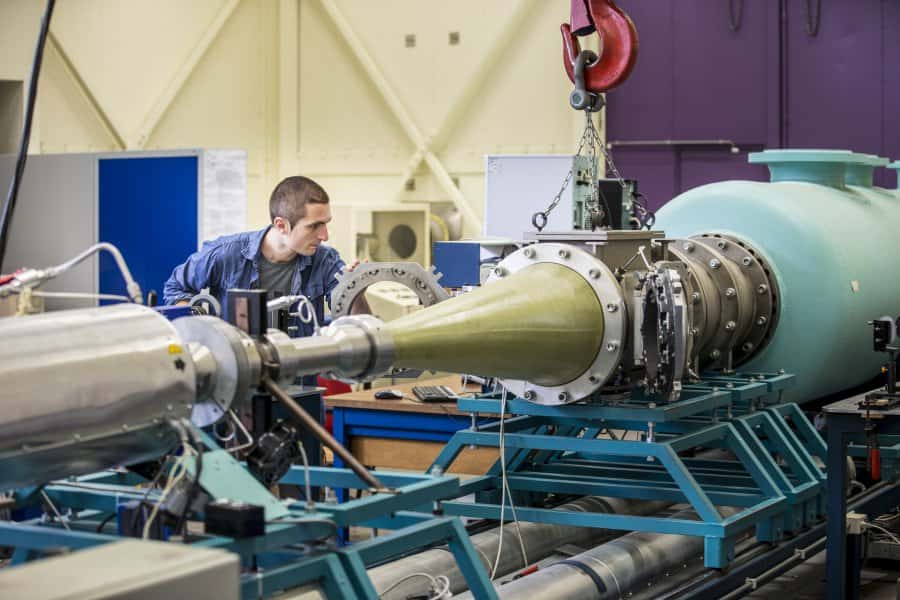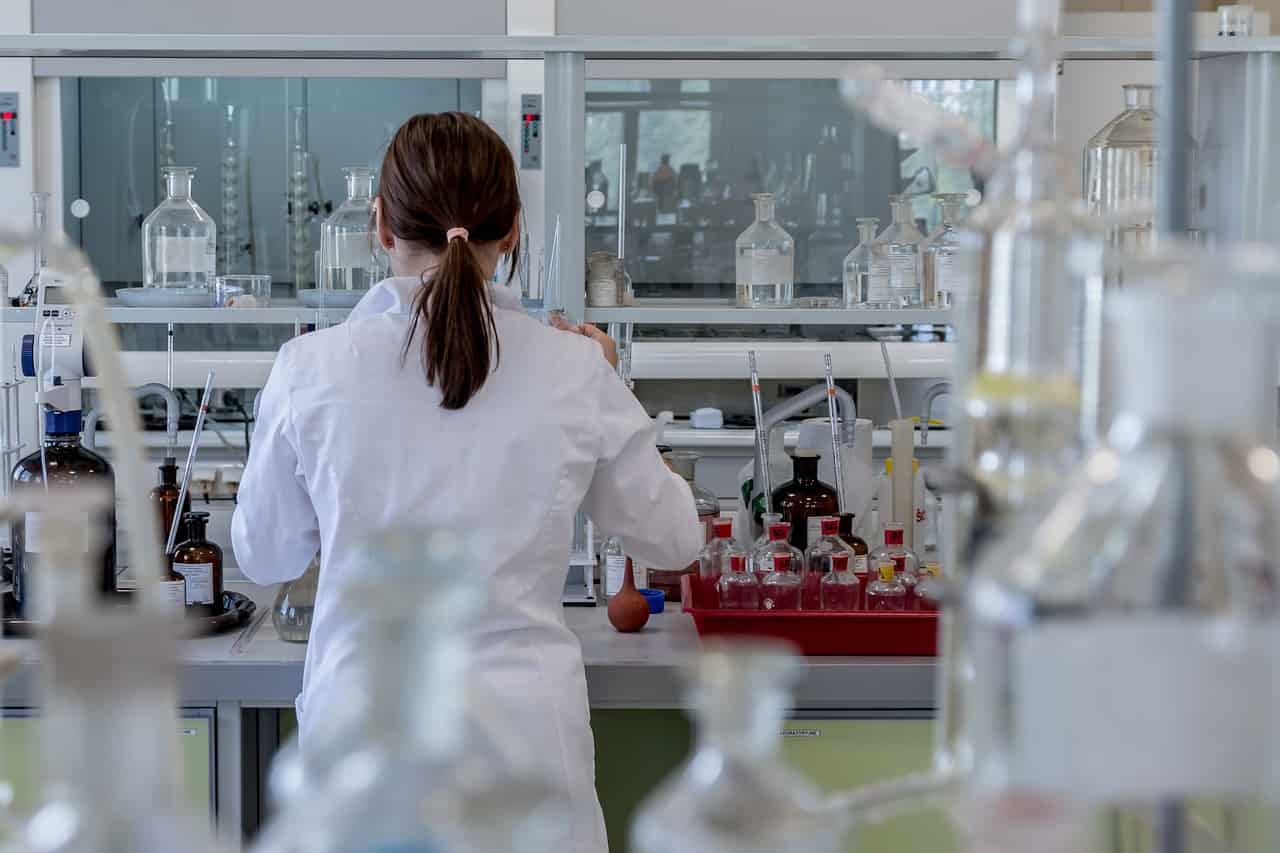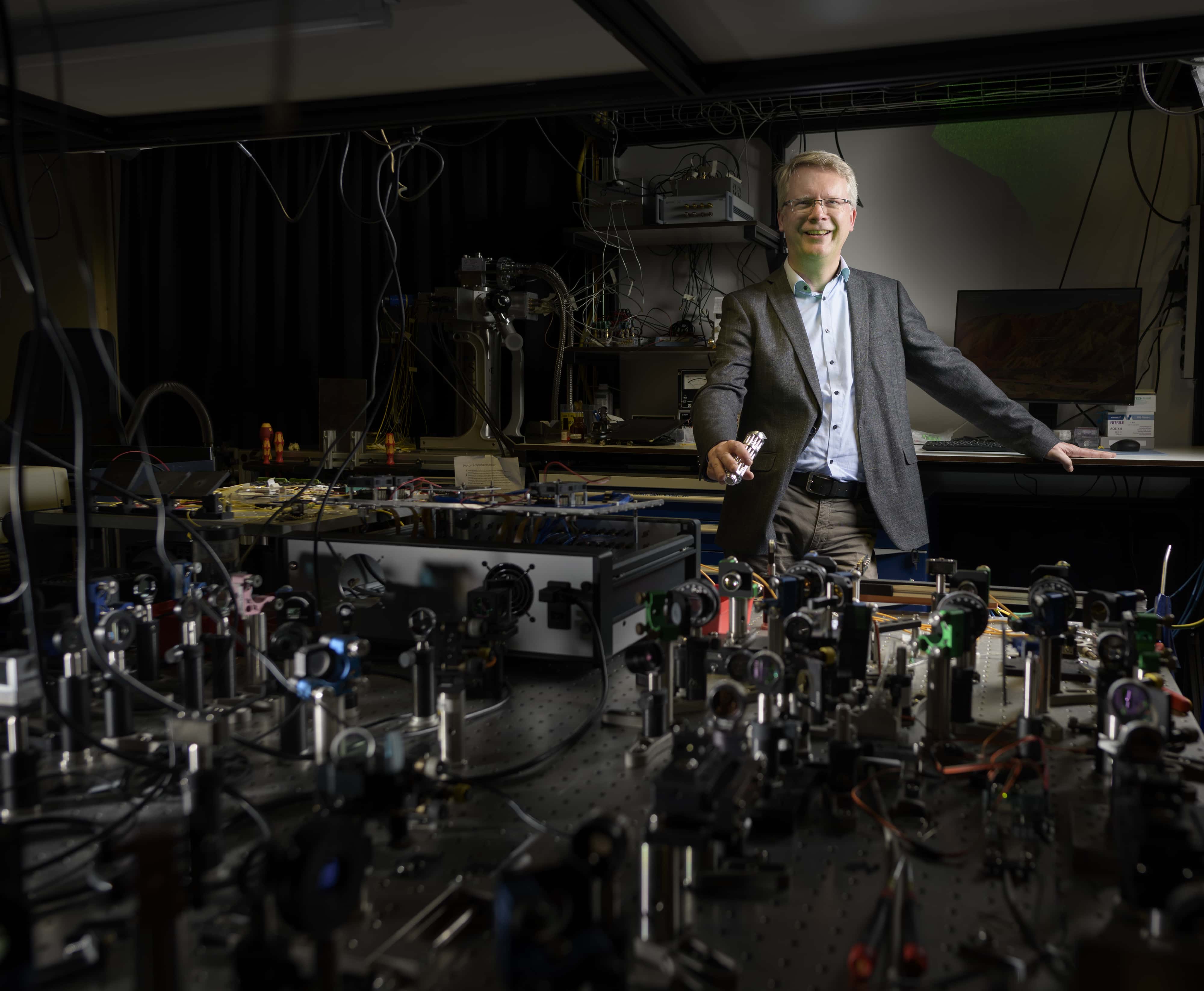
With a Perspectief grant from the Dutch Research Council (NWO) totalling €3.4 million, the hDMT consortium will be able to bring the concept of an organ on a microchip to market and develop a universal standard for it. hDMT is a collective of dozens of research groups, companies and knowledge institutes. One of the partners is the Stichting Proefdiervrij – aka the Dutch Society for the Replacement of Animal Testing. These organ chips will eventually make it possible to significantly reduce the number of animal tests..
The ultimate goal is to be able to link several organ chips together in order to simulate a complete body. The consortium is also investing €1.4 million in the project.
Innovation Origins has written about such chips in the past: This chip mimics the metastasis of tumors
By using these chips with human cells, scientists can examine cancer metastases in the bloodstream, for starters. Within the NWO Perspectief program, for instance, researchers are focusing in particular on the development of scar tissue. With the help of these chips, scientists can test the effect of drugs or food outside of a human body. The consortium first wants to develop an international universal standard for these organ chips. This is imperative for the production of these chips on an industrial scale.
Plastic plate
An organ chip is usually made up of a plastic plate with integrated microchannels and chambers. Inside, complex tissues of human cells grow in an environment that mimics the human body yet is barely visible to the naked eye.
A minuscule amount of liquid flows past the living cells to supply them with nutrients. A pump takes care of the supply and removal of this. Sensors in the chip measure how the cells respond. While actuators make adjustments which include differences in pressure, mechanical force, oxygen level or flow rate.

The researchers can then see how the tissues react by adding a medicine, foodstuff or a cosmetic product. The chip fits neatly under a light microscope so that the process can be monitored easily and in real-time.
Universal standard
There is no universal standard at the moment. In fact, there are numerous types of chips, each with a different design, size and all made from different materials. What’s more, the chips are difficult to incorporate into the pharmaceutical industry’s production processes.
Ten research groups from eight universities, united in the Dutch organ-on-chip consortium hDMT, now aim to change all this. They are doing this together with 21 companies, three knowledge institutes and two foundations. Under the leadership of Jaap den Toonder , professor of Microsystems at Eindhoven University of Technology (TU/e), they plan to develop a standardized and modular platform for organ-on-chips: The ‘SMART Organ-on-Chip’.
In order to standardize the chips, the researchers are building a standard-sized “docking” plate that contains the fluid channels and electronics. Chips can then be clicked onto it as modules. Moreover, this is ‘open technology’, so that other companies will be able to develop their own applications and add them to the existing platform.
Animal testing
Den Toonder: “By linking different organ-on-a-chip models, we will eventually be able to simulate the interactions between organs. Our ultimate dream is a body-on-a-chip, which you can use, for one thing, to study the effect of a new medicine on all organs. For example, you can simultaneously see whether the liver fails to break down the drug, whether the intestines are damaged or not in the process, and if any heart problems arise.”
For the pharmaceutical industry, testing with these chips enables them to discover much earlier which substances can or cannot be used in a new drug. That saves a lot of time and money. It also makes possible the creation of medications specifically tailored to a particular patient. In addition, applications such as testing side effects of cosmetics or possible allergic reactions of a new foodstuff are also possible. In time, this could also significantly reduce the number of animal tests.
Also interesting: 3D printing cuts down on animal testing and fosters research
Title photo: The docking plate with three chips on it, fits neatly under a simple microscope. The various sensors and actuators are controlled via the computer. Image: hDMT
Partners
The following partners are working together in the Dutch hDMT consortium: Amsterdam UMC/VUmc, Delft University of Technology, Eindhoven University of Technology, UMC Utrecht, Leiden University, Maastricht University, Twente University, Wageningen University & Research, 300MICRONS, Applikon, BioLamina, Convergence, Demcon, Galapagos, Genmab, Hy2Care, IBA Lifesciences, ibidi, Life Science Methods, LipoCoat, Micronit Microtechnologies, OnePlanet Research Center/imec, Poietis, PolyVation, Stichting Proefdiervrij, provio, Qurin Diagnostics, ReumaNederland, RIVM, Spektrax, TissUse, Netherlands Organisation for Applied Scientific Research (TNO), Unilever Safety & Environmental Assurance Centre, Ushio INC.






